Enrolled Nurse Practice Standards, NMBA, and Professional Development
VerifiedAdded on 2023/06/11
|8
|1783
|401
Essay
AI Summary
This essay examines the role and responsibilities of an enrolled nurse in Australia, focusing on the Nursing and Midwifery Board of Australia (NMBA) and the Australian Nursing and Midwifery Federation (ANMF). It details the registration standards set by the NMBA, including continuous professional development, criminal history checks, English language proficiency, professional indemnity insurance, recency of practice, and enrolled nurse standards for practice. The essay further explores the practical application of these standards in a major metropolitan hospital setting, particularly in managing complex cases like infected wound dressings. It emphasizes the importance of maintaining high practice standards, effective communication, critical thinking, and continuous learning through networking, mentorship, and further training to ensure safe and quality patient care. The conclusion highlights the need for regulation and continuous improvement in nursing and midwifery practice.
1 out of 8
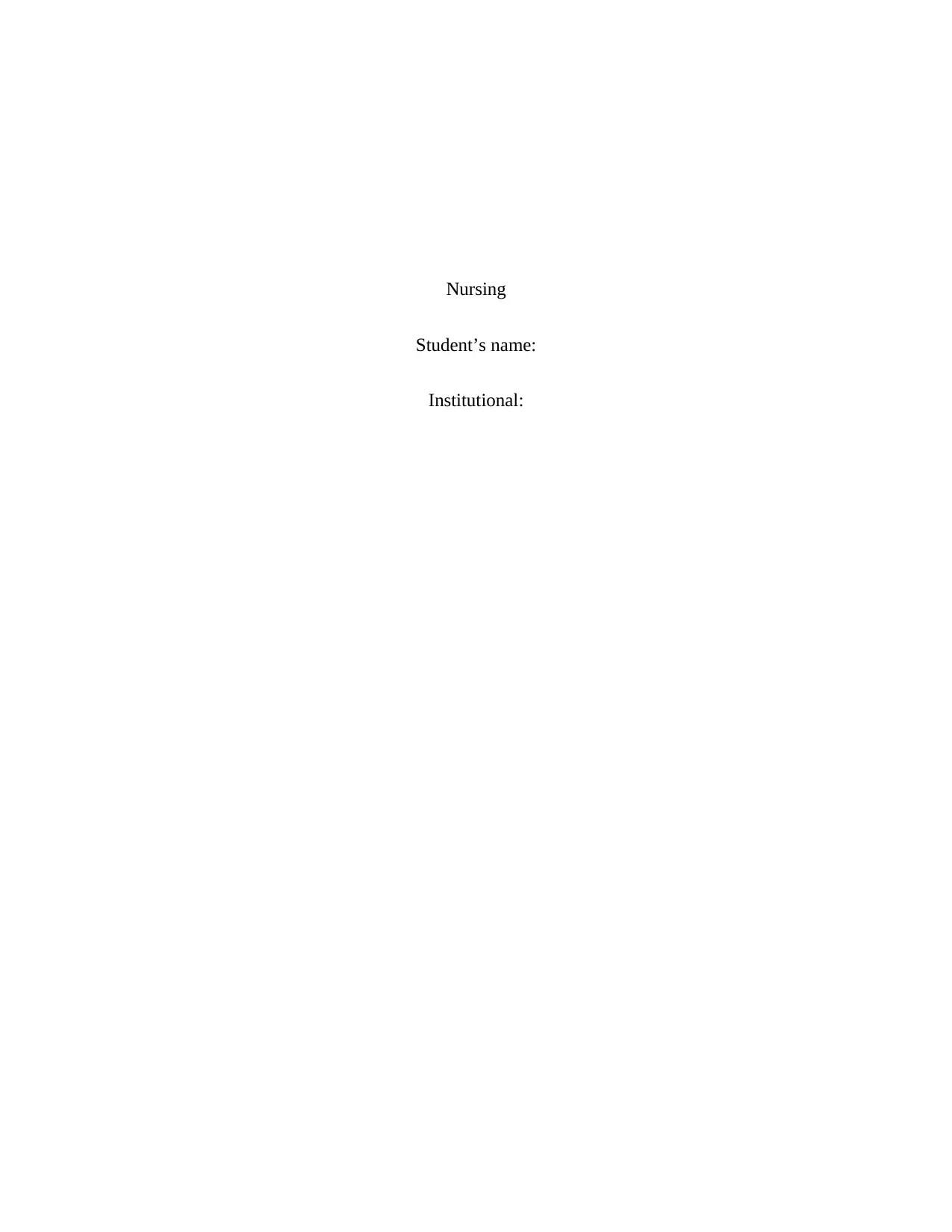

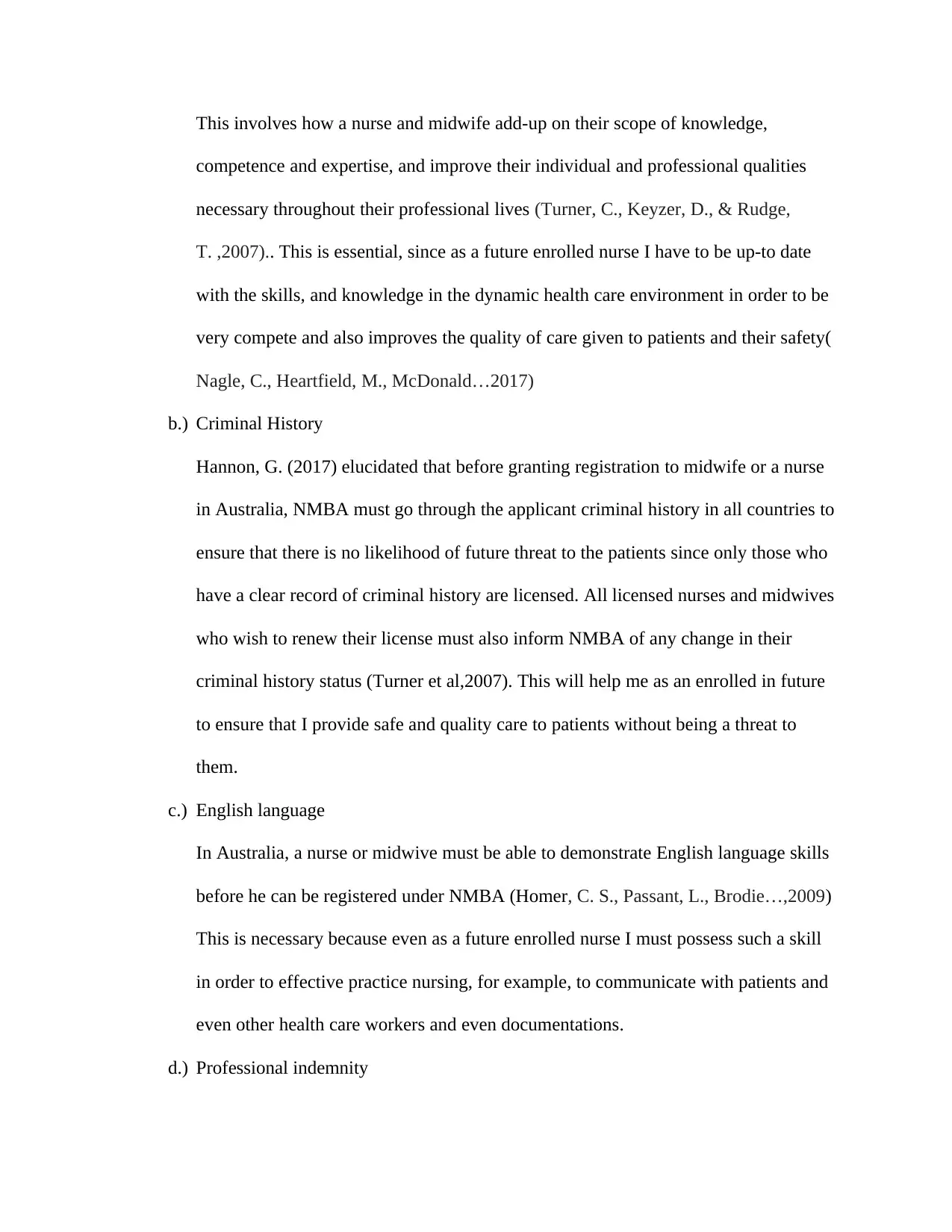
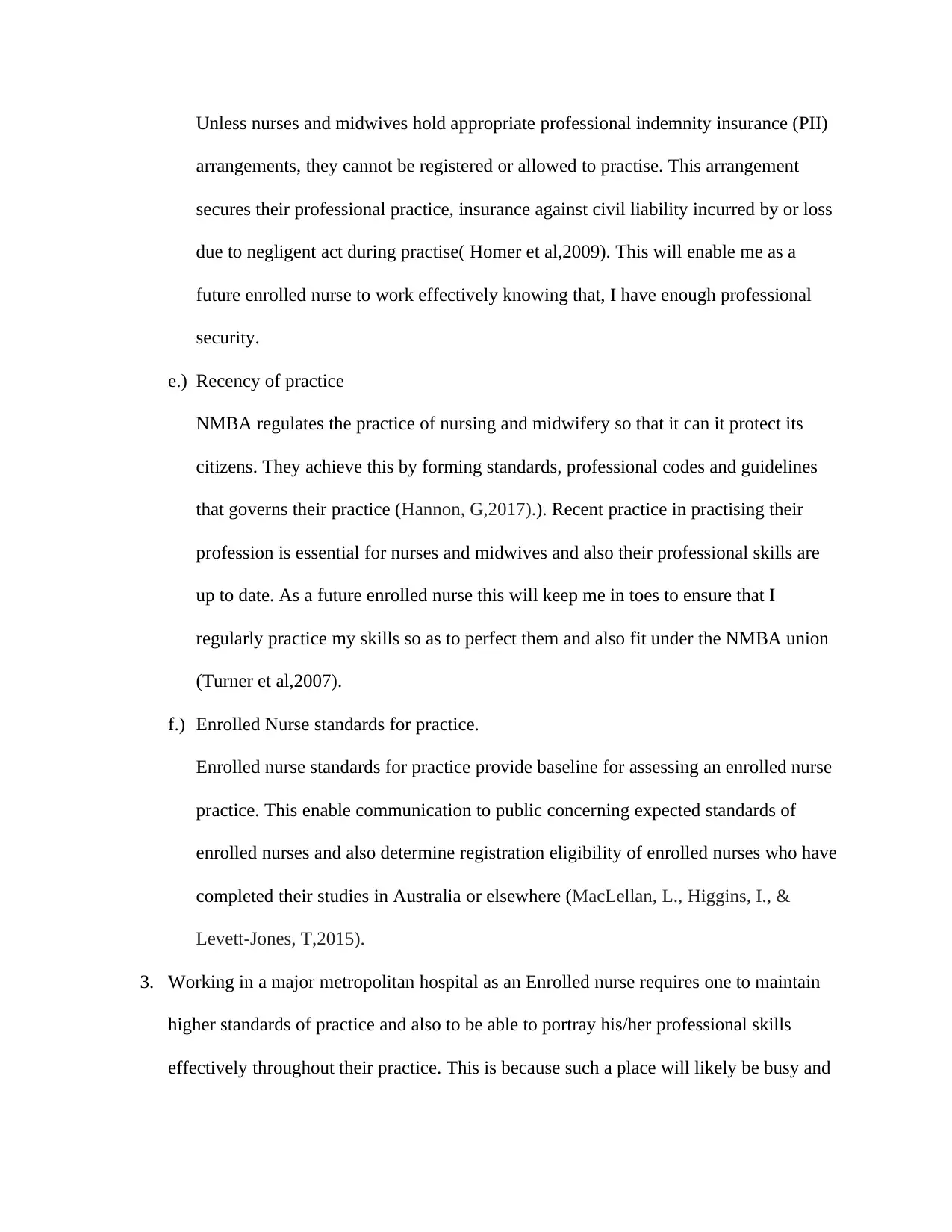

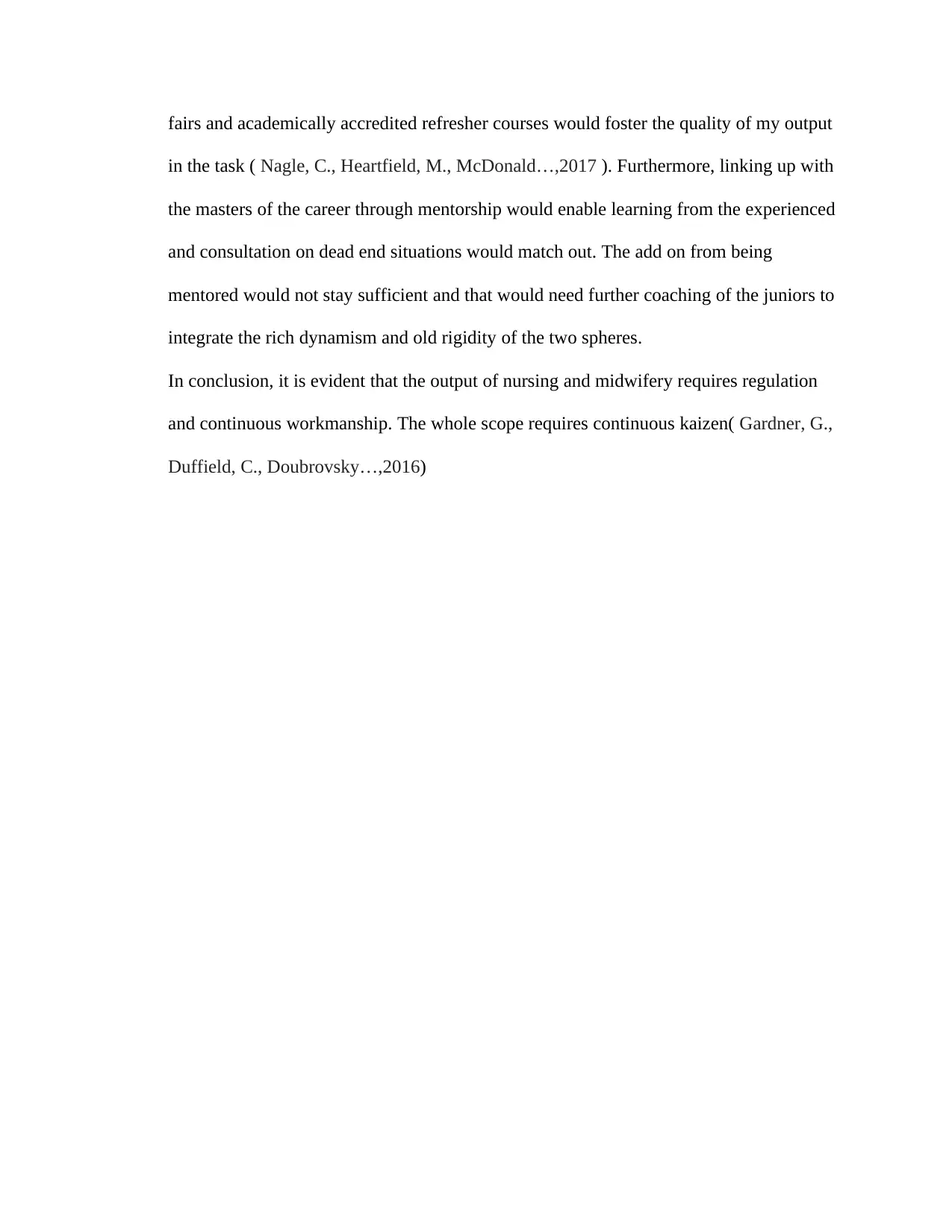
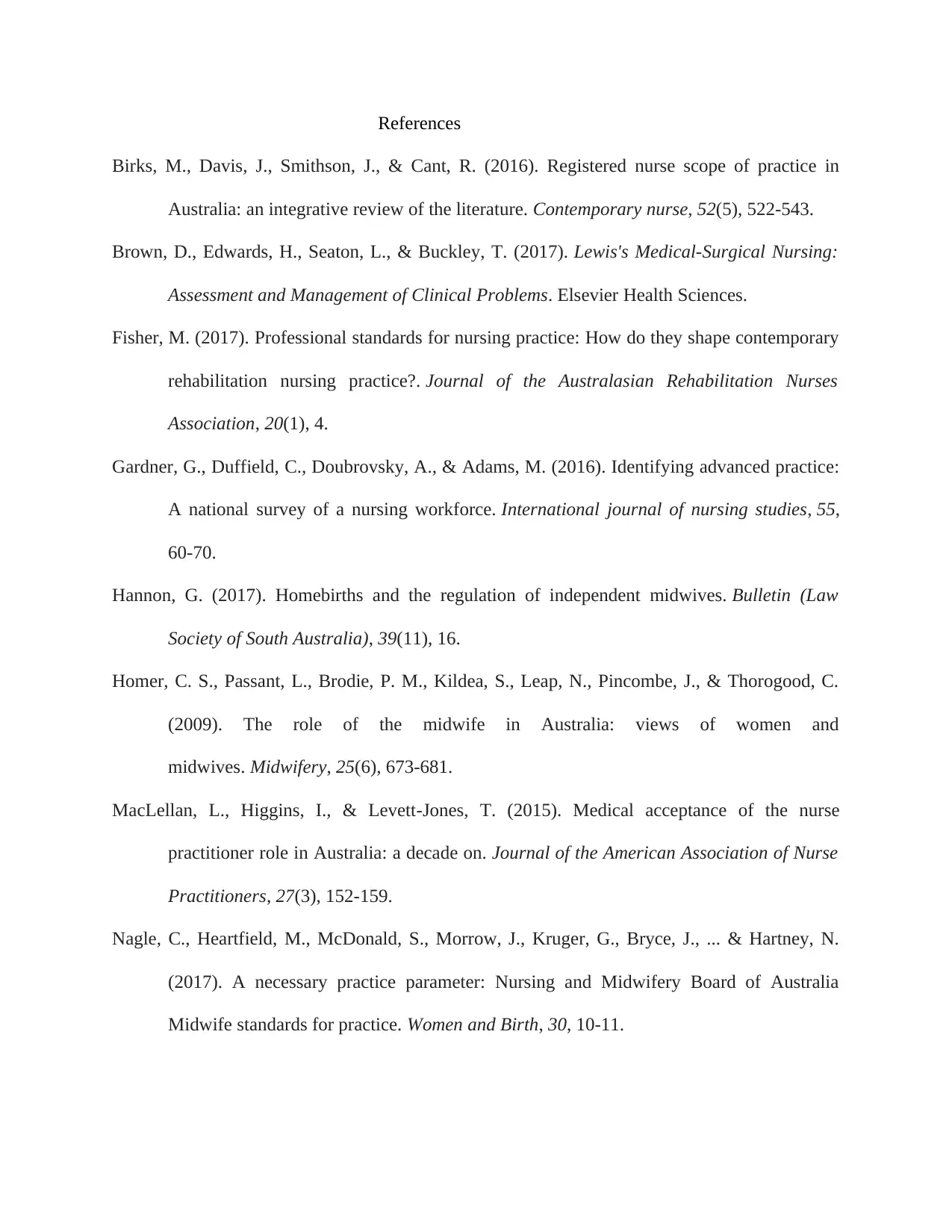
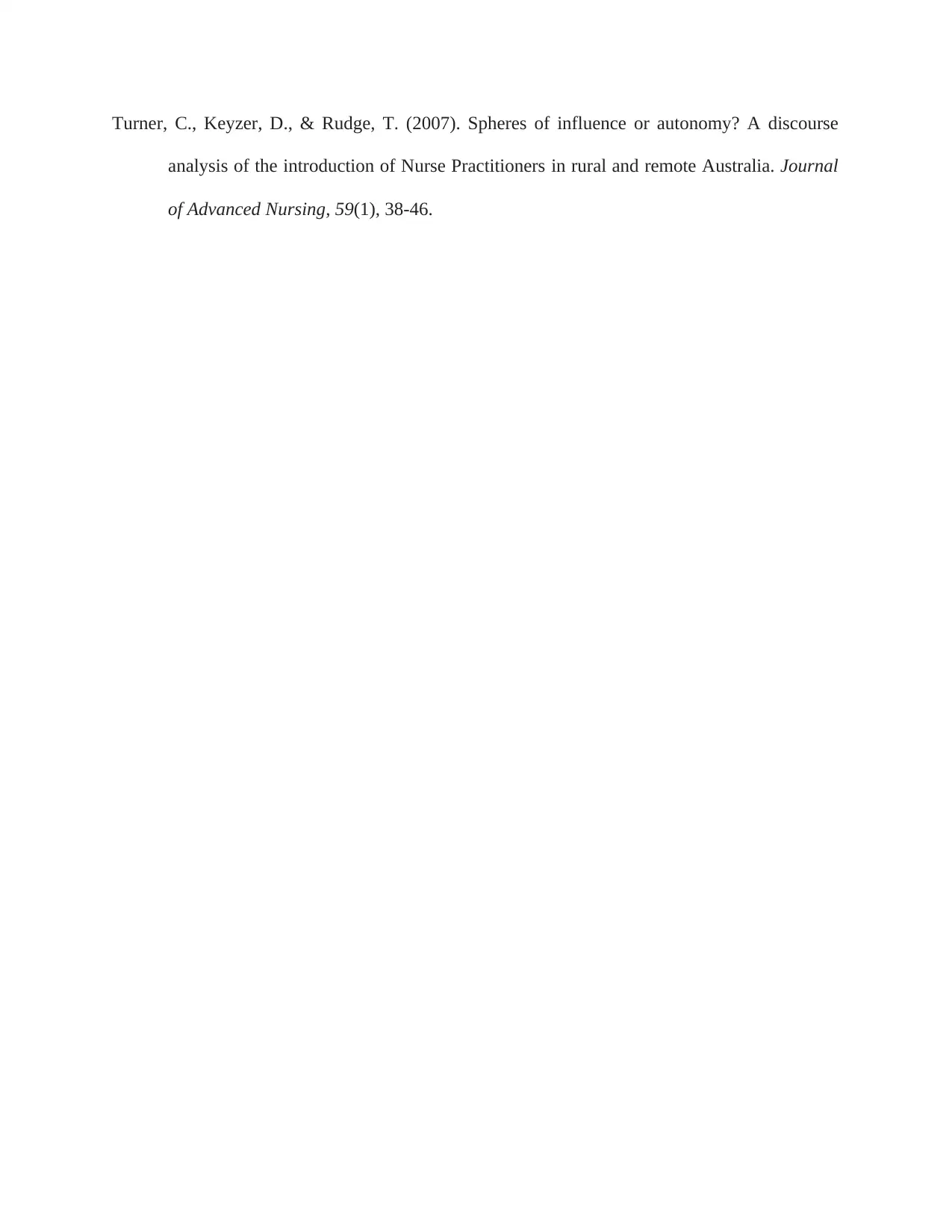






![[object Object]](/_next/static/media/star-bottom.7253800d.svg)